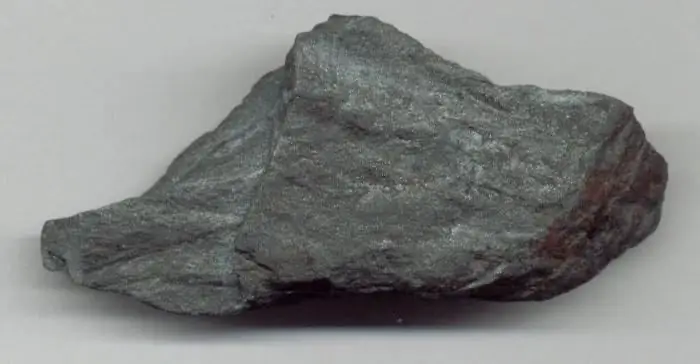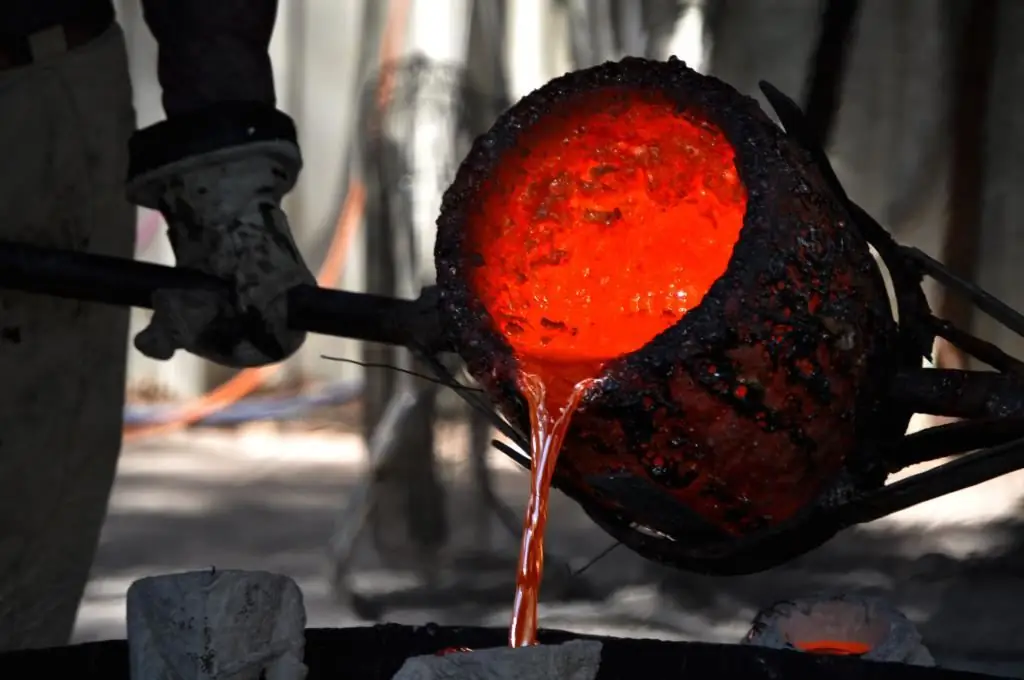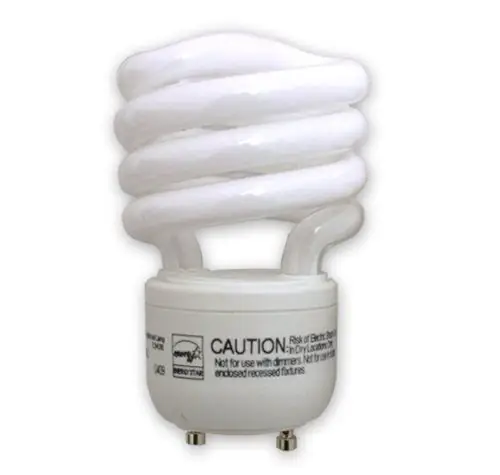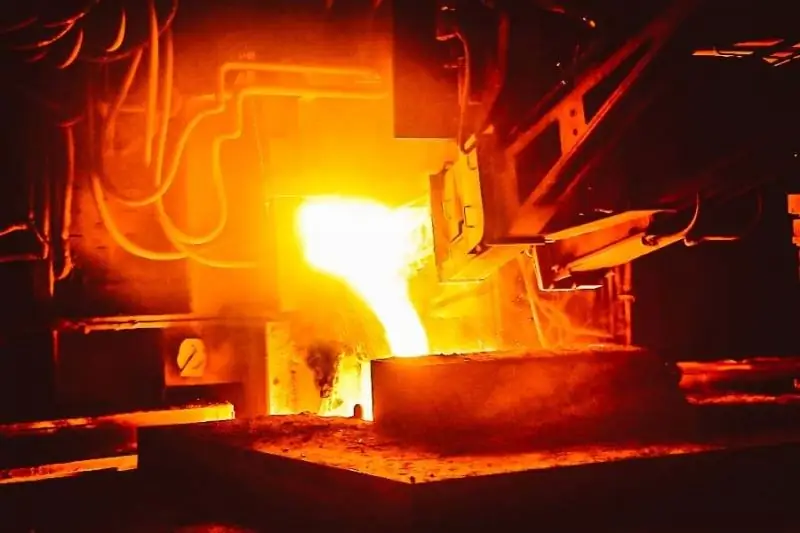2026 Author: Howard Calhoun | [email protected]. Last modified: 2025-01-24 13:10:30
Today, a variety of steels are used in many industries. A variety of quality, mechanical and physical properties is achieved by alloying the metal. The designation of alloying elements in steel helps to determine which components were introduced into the composition, as well as their quantitative content.
General information and general classification
When it comes to alloy steel, this means that special elements have been added to the material that have changed the mechanical and physical properties of the initial material. In addition, the internal structure of the material also changes. The designation of alloying elements in steel helps not only to understand which additives have been introduced. Depending on them, several classes of the product itself are distinguished.
The first classification is based on the amount of carbon. There are low-carbon steels, where the carbon content is up to 0.25%, medium-carbon steels contain from 0.25 to 0.65% additives,high-carbon contain more than 0.65% carbon in the composition.

Other signs of classification
All types of the studied material are divided into three more categories, depending on the total content of alloying elements in the steel. The designation of these groups is low-alloyed, medium-alloyed, high-alloyed. In the first case, the total mass fraction of additives does not exceed 2.5%, for the second group - no more than 10%, for the third group - from 10 to 50%.
Further, it is worth noting that depending on the properties that alloying elements give to steel, its internal structure changes. It also requires understanding. In this case, using the designation of alloying elements in steel, it is possible to determine the structure of the product. And on this basis, conduct another classification:
- Hypo-eutectoid steel grade - too much ferrite in the composition.
- The eutectoid class indicates the pearlite structure of the product.
- The hypereutectoid product group is characterized by a structure containing secondary carbides.
- Ledeburite class of material contains primary carbides.

Main components and their impact
Many different components are added to steel. The designation of elements in alloy steels is carried out using letters, most often the first capital letters of the name of the component itself.
You can start with chrome and nickel. They are designated respectively by the letters X and H. If we talk about the influence of chromium, then itincreases the resistance of steel to corrosion. In addition, strength and hardness are also increased. Chromium is considered the main alloying component in the manufacture of stainless products.
The designation of elements in alloy steel grades helps to quickly determine the properties of the material and its purpose. So, the marking "H" indicates the nickel content, which means that the substance has a high viscosity, greater ductility and good resistance to corrosion.

Additional alloying elements
Further it should be said about titanium(T) and vanadium(F). An increase in the content of T indicates a decrease in the graininess of the structure, which increases strength and density. In addition, rust resistance is improved and processing is simplified. Vanadium is also designated as an alloying element in steel grades with the letter F. In this case, it also helps to reduce graininess, but the result is somewhat different and consists in improving fluidity and increasing tensile strength.
Next, we should talk about molybdenum(M) and tungsten(B).
The introduction of "M" into the composition improves the hardenability of products, increases corrosion resistance, and reduces brittleness. "B" also reduces brittleness during tempering by preventing the grains from growing during heating, in addition, increasing the overall hardness.
The letter designation of alloying elements in steel sometimes does not match their name in Russian. So, one of the controversial additives is silicon, denotedletter C. With only 1-1.5% of this substance in the composition, it is able to increase strength and at the same time maintain viscosity. If you start to increase the content of the component in the structure, then the electrical resistance and magnetic permeability will increase. In addition, silicon is able to increase elasticity, resistance to corrosion and oxidation. However, with all this, it must be borne in mind that it increases the fragility of steel.
The last two additives are cob alt (K) and aluminum (Yu). The addition of the first element increases the heat resistance and impact resistance. Aluminum increases scale resistance.

What are impurities?
Speaking about the designation of alloying elements in metal grades, one cannot fail to mention impurities. Firstly, their presence also affects the properties of products. Secondly, it is impossible to completely get rid of their presence in the composition of the substance, and therefore their mass fraction is periodically indicated in the labeling.

Various impurities and their effects
The letter A stands for nitrogen. When present, it is usually indicated approximately in the middle of the marking. By its properties, it is identical to the presence of oxygen. If a certain mass fraction of one of these two elements is exceeded, the brittleness of the material increases. In addition, such characteristics as viscosity and endurance will also decrease.
The controversial impurity is carbon (U). If it contains up to 1.2%, then it can have a positive effect, increasing hardness, strength, limitfluidity. If even a slight excess of this indicator is observed, then both strength and ductility begin to deteriorate rapidly.
Manganese (G) and sulfur also belong to impurities. Manganese, like carbon, has a different effect depending on the mass fraction in the structure. If the content of the element "G" does not exceed 0.8%, then it can be called a technological impurity. It increases the degree of steel deoxidation, reduces the negative impact of sulfur on the product.
If the mass fraction of the second element exceeds 0.65%, then it has a significant detrimental effect. Plasticity, corrosion resistance and impact strength are significantly reduced. An increase in sulfur in the composition will also worsen the ability to weld steel.
The last harmful impurity is hydrogen. An increase in the mass fraction of this component leads to a significant increase in brittleness.

Marking overview
Symbols of alloying elements in steels according to GOST 4543-71 was due to the fact that there are a lot of materials improved in this way. According to these rules, first a letter is indicated, and after it a number indicating the amount of this element. You can consider this on the example of a brand such as X5CrNi18-10.
It should be said right away that the marking is not always in Russian letters, sometimes in another language, as indicated in the example. In this case, the decoding looks like this: the letter "X" indicates that the alloy belongs to the category of stainless steels from magnetic or chromiumgroups; the number 5 is the carbon content, which in this case is 0.05%; Cr and Ni are chromium and nickel, respectively, and 18 and 10 are their percentages, respectively. That is, the structure of this type of product contains 0.05% carbon, 18% chromium and 10% nickel.

Marking of other groups
The designation of alloying elements that make up steel can also indicate their belonging to a certain category of products. So, stainless chromium-nickel will have the letter "I" at the beginning of its marking. Ball-bearing and high-speed tool steels will initially be marked with "W" and "R", respectively.
Alloy steels can be high quality or even extra high quality. In this case, at the end of the marking, "A" or "W" is added to them, respectively. Ordinary alloy steels simply do not have such designations at the end of their markings.
It is worth noting here that sometimes a special designation is added to alloy steels if the material was obtained by rolling. In this case, the marking contains either "H" - hard-worked steel or "TO" - heat-treated steel.
Sequence of designation of elements
To determine the most accurate chemical composition of a product, you will have to look at its documentation, however, the ability to understand the markings can help determine the main alloying additives and impurities.
So, if at firstIf any number is indicated on the steel marking, then it determines the mass fraction of carbon in the composition in hundredths of a percent. After that, the enumeration of the additives that make up the alloy steel begins. Immediately after each letter in the designation, a number will be indicated showing the quantitative content of the chemical element in the composition as a percentage. However, it also happens that immediately after the letter there is no number at all. This means that the content of this element in the composition does not exceed 1.5%, which is quite small.
Miscellaneous alloy steels
At the end, it is worth noting what these types of metal are usually used for. There is tool-type alloy steel. As the name suggests, it is widely used for the production of any kind of tools. It is commonly compared to ordinary carbon steel. The chemically enhanced compound has greater hardness and strength, but all alloyed compounds are more brittle than regular carbon.
Steel belonging to the group of high-speed cutting has proven to be excellent. Such material is characterized by high hardness and red hardness up to 600 degrees Celsius.
Structural alloyed steels with special characteristics are a separate large group. That is, it can be stainless products, metal with improved electrical and magnetic characteristics, and others.
As can be seen from all of the above, alloyed material is currently used extremely actively and in many industries. For this reason, to know and be able to understand the designation of this kindsteel is worth it to anyone who is going to do business with her.
Recommended:
Food stainless steel: GOST. How to identify food grade stainless steel? What is the difference between food stainless steel and technical stainless steel?

The article talks about grades of food grade stainless steel. Read how to distinguish food stainless steel from technical
Types of cast iron, classification, composition, properties, marking and application

The types of cast iron that exist today allow a person to create many products. Therefore, we will talk about this material in more detail in this article
Marking of bronze: characteristics, properties and scope

Due to its decorative features and many other properties, bronze has become popular. It is very difficult even for connoisseurs to name all the impurities and additives that are present in bronze alloys. This article will focus on bronze and its marking
Marking of fluorescent lamps: designation, classification and interpretation

The labeling of fluorescent lamps may contain designations, for example, their power, spectrum, color temperature, etc. Encodings are usually applied to the flask of such equipment. Marked for fluorescent lamps and socles, as well as starters
Graphic designation of the ruble. International designation of the ruble

The graphic designation of the ruble has the format of the Cyrillic letter "R", which is crossed out at the bottom of the leg. This symbol, developed over the course of 6 years, embodies the reliability of the Russian currency

